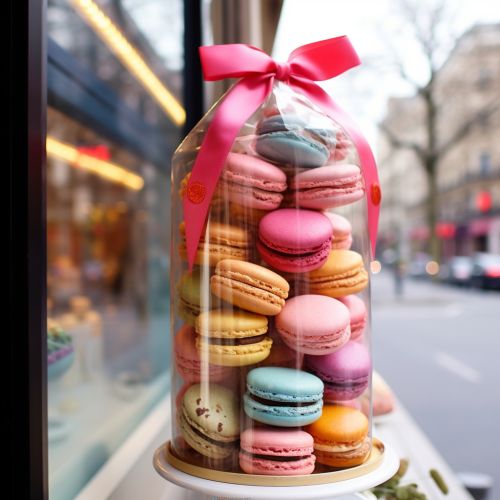Macaron Baking
History
Macaron baking has a rich and varied history, tracing back to the 8th century AD during the Umayyad Caliphate's reign in Andalusia. The macaron, a sweet meringue-based confection, is believed to have been introduced to Europe by the Moors, who had a fondness for almond-based sweets.
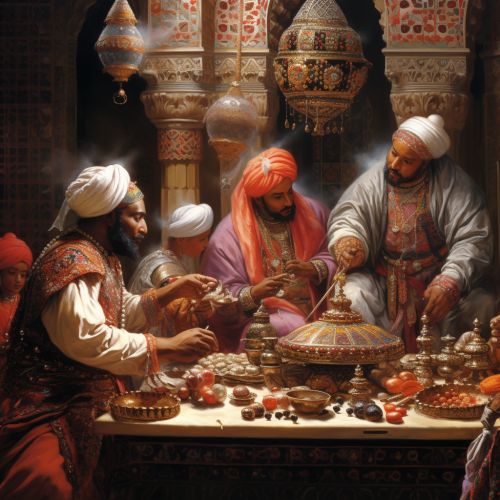
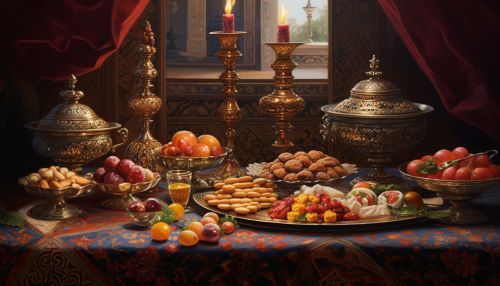
The macaron's journey through Europe began in Italy, where it was known as 'maccherone', a term derived from the Italian word 'maccarone' or 'maccherone'. This word is itself derived from the Sicilian term for kneading dough, reflecting the process of making macarons.
Ingredients and Preparation
The primary ingredients in a macaron are icing sugar, almond meal, egg whites, and granulated sugar. Some recipes may also include food coloring or flavor extracts to enhance the macaron's visual appeal and taste.
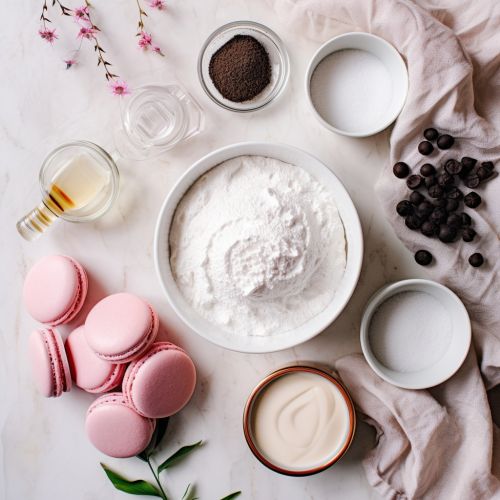
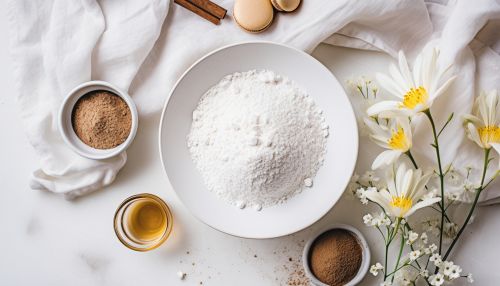
The preparation of macarons involves several precise steps. The first step is to sift the icing sugar and almond meal together to ensure a smooth and uniform texture. The egg whites are then whipped into a meringue with the granulated sugar until they form stiff peaks. The dry ingredients are carefully folded into the meringue to create a mixture known as 'macaronage'. The macaronage is then piped onto a baking sheet and left to rest before being baked.
Baking Process
The baking process is a critical stage in macaron making. The temperature and timing must be carefully controlled to achieve the characteristic smooth top and ruffled "feet" of the macaron.
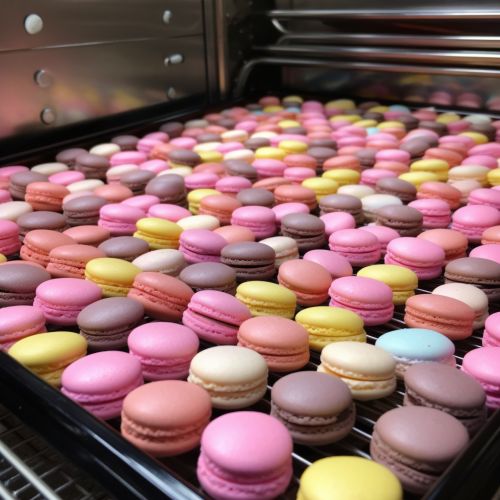
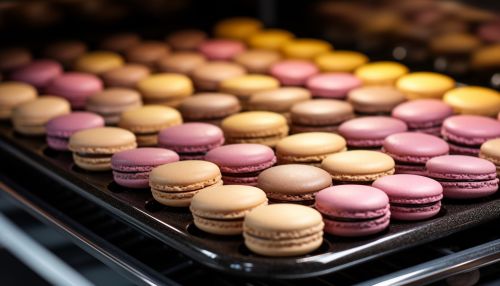
The macarons are typically baked at a moderate temperature, around 150°C (300°F), for approximately 10-15 minutes. The exact timing and temperature may vary depending on the size of the macarons and the specific oven used.
Varieties
There are several varieties of macarons, each with its unique flavor profile and presentation. The most common type is the French macaron, which is characterized by its smooth top, ruffled feet, and creamy filling. Other varieties include the Italian macaron, which uses a different meringue method, and the coconut macaron, which incorporates shredded coconut into the cookie.
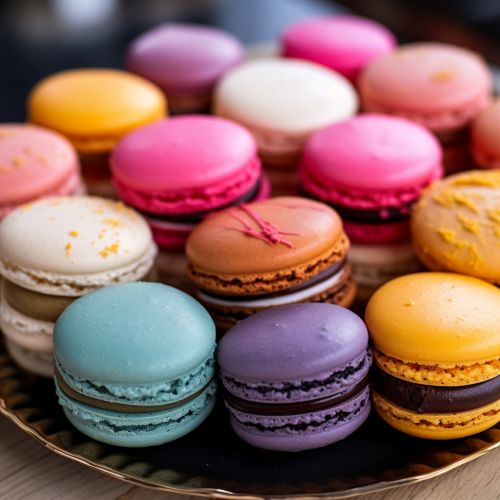
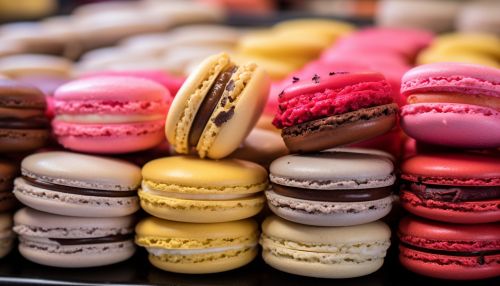
Cultural Significance
Macarons hold a significant place in French culture, particularly in the city of Paris. They are often associated with luxury and sophistication, and are a staple in patisseries across the city. In recent years, macarons have gained international popularity, becoming a symbol of French culinary expertise worldwide.
